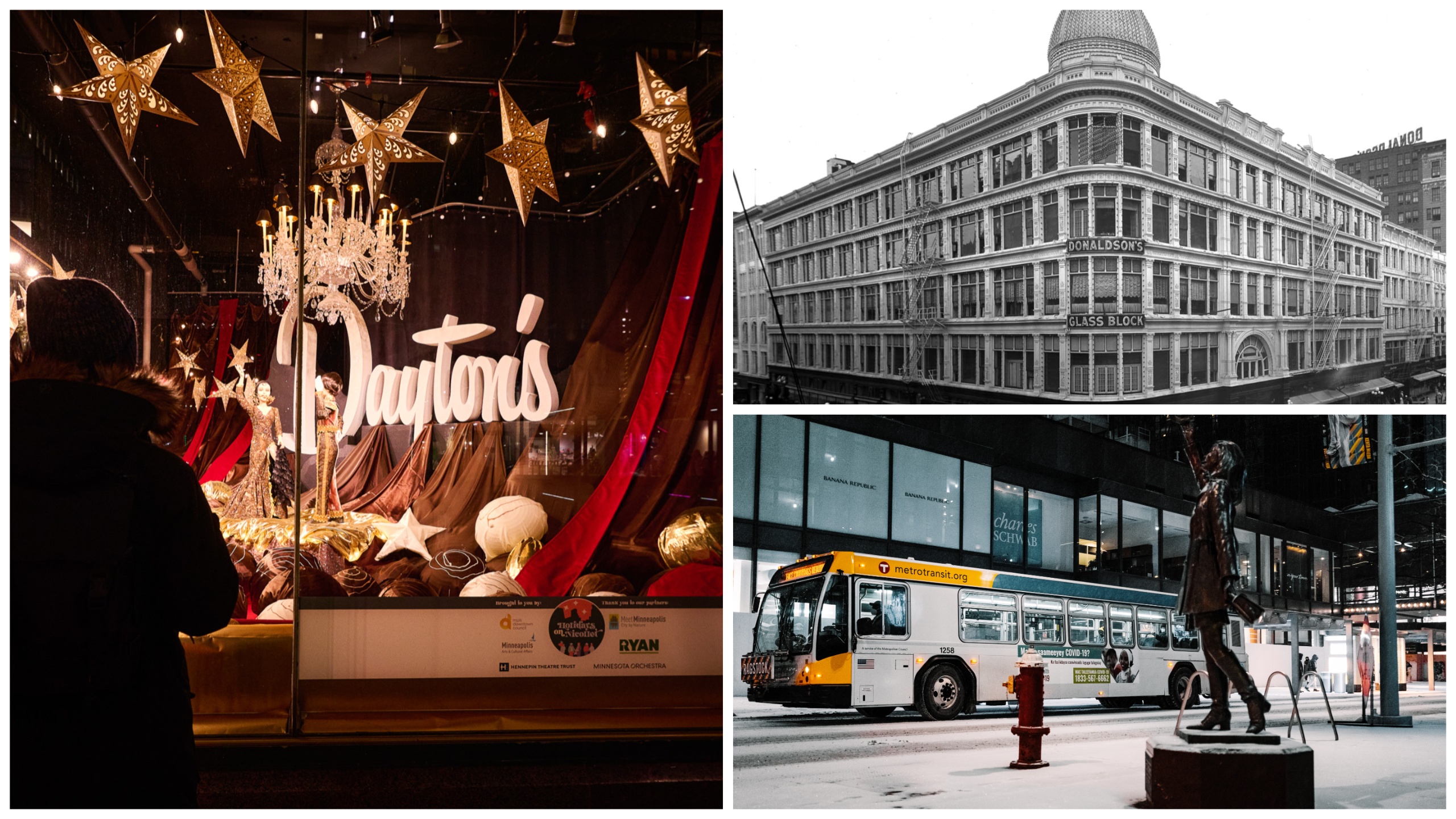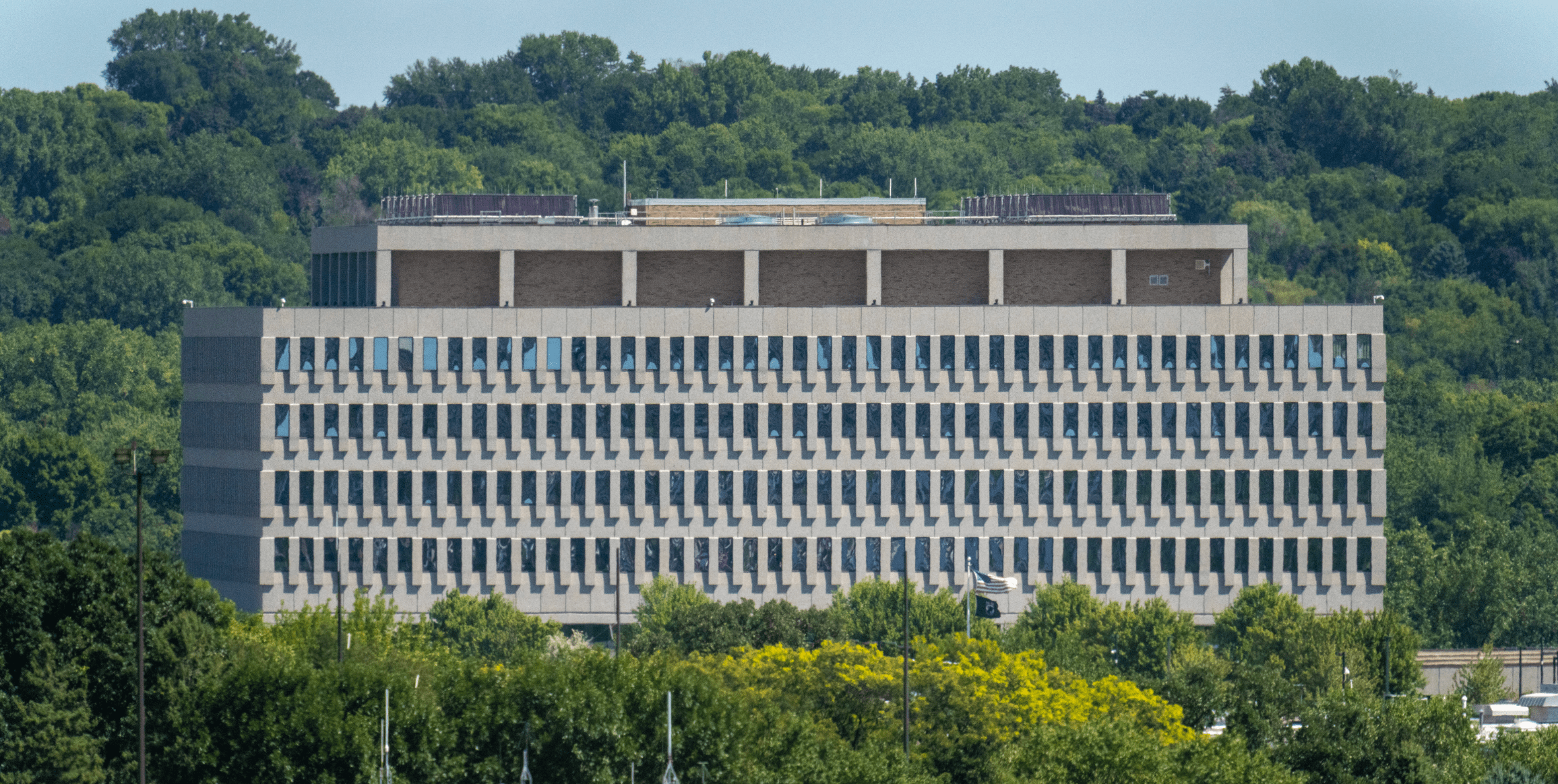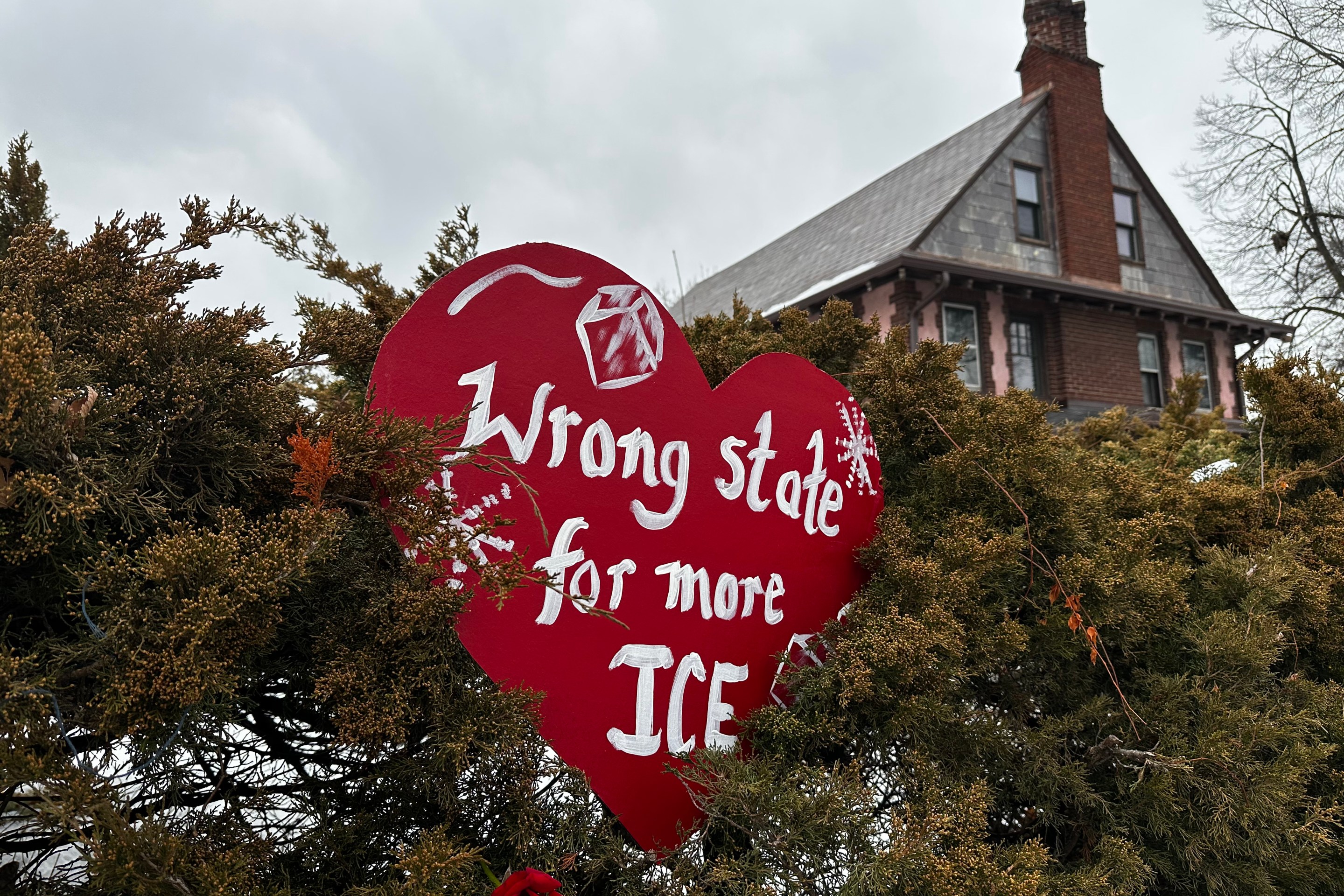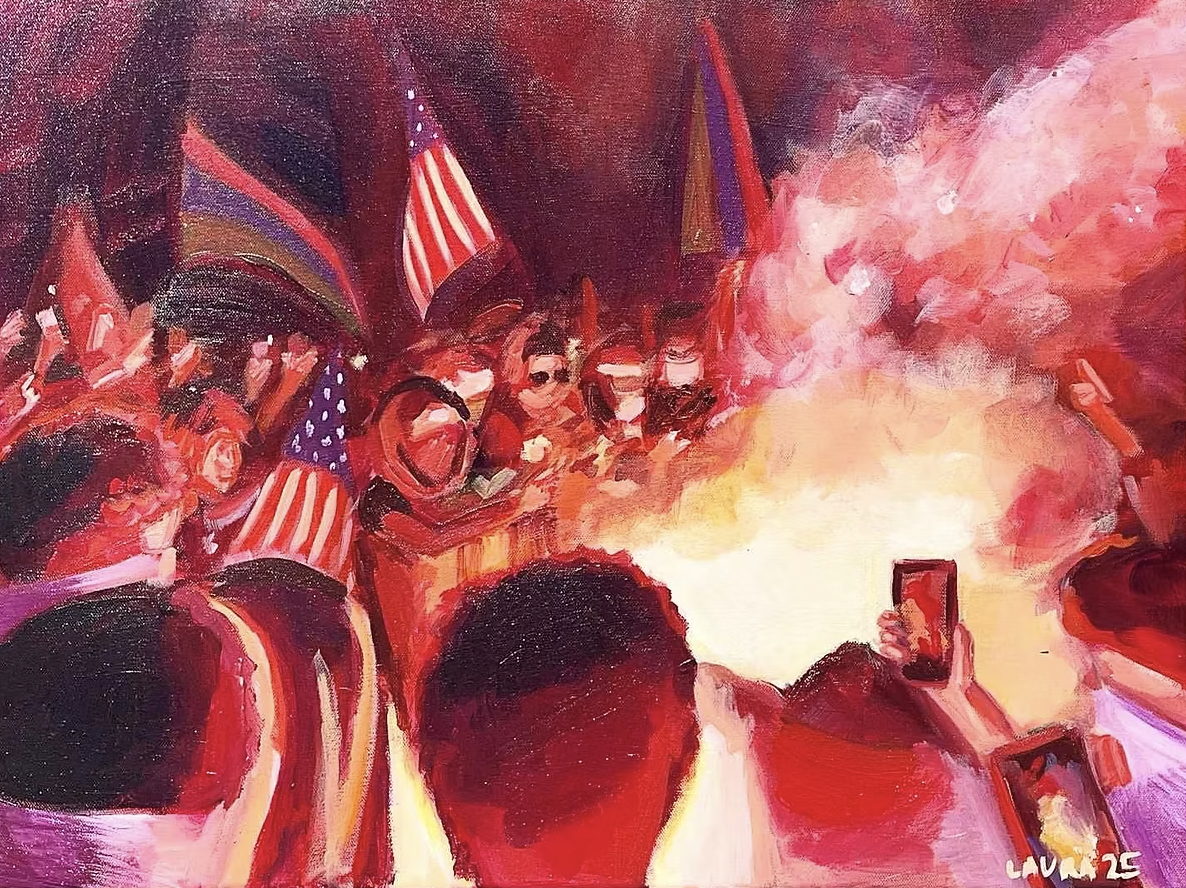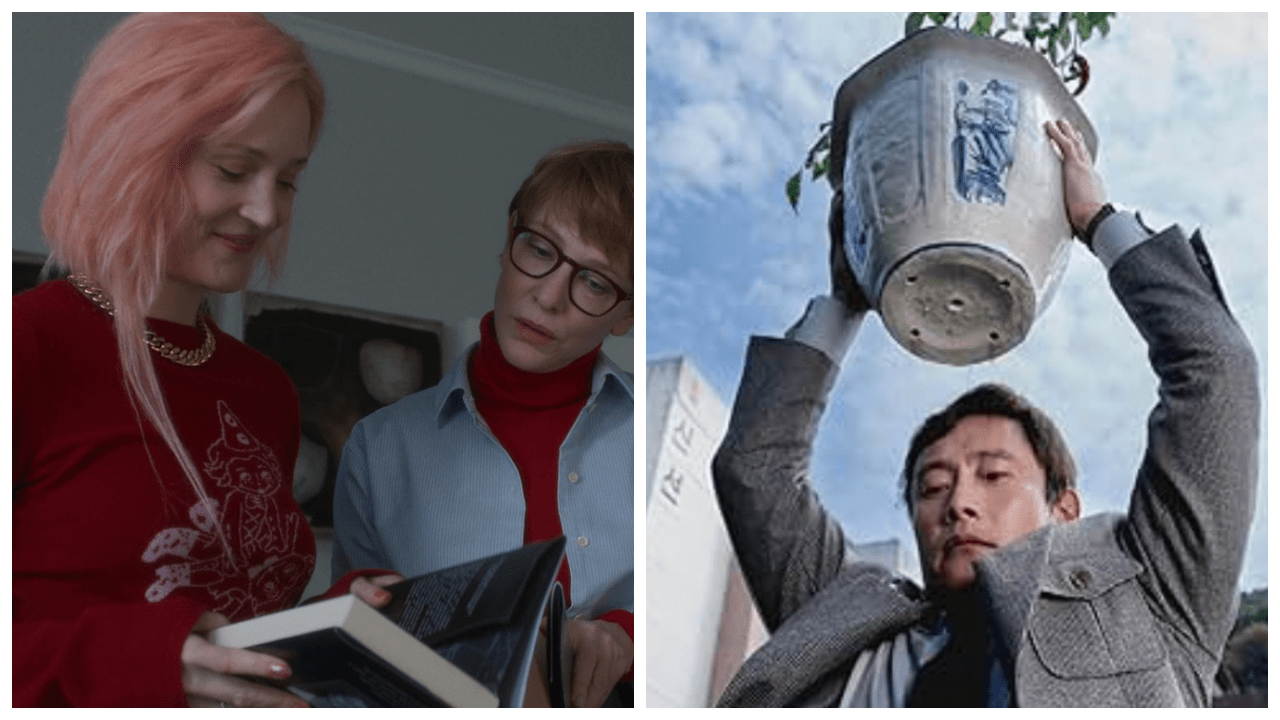I grew up in far northern Minnesota, and my family made only a few trips to the Twin Cities each year. One of those annual outings was always around the holidays, and as a child, Minneapolis and St. Paul in December seemed like a phantasia of twinkling lights and limitless holiday magic.
My parents made sure to pack our weekend itineraries with visits to the American Swedish Institute in Minneapolis or the James J. Hill House in St. Paul—two different sides of the Mississippi, bedecked and bedazzled symbols of hard-driving immigrant ambition lore, material excess, and ostentatious Gilded Age wealth. All that conspicuous extravagance appealed to my childhood desires to “have all the things,” an impulse that is of course especially encouraged at Christmastime, but also culturally reinforced by the very nature of American capitalism.
But the highlight of our annual holiday escape was a trip to Nicollet Mall.
While our focus was always on hometown favorite Dayton’s, Gaviidae Common still looms especially large in my memories. As landscapes of consumption go, it was a spectacular representation of luxury and aspiration in the early 1990s. Anchored by Saks Fifth Avenue and joined later by Neiman Marcus, to me (and likely many Minnesotans who once viewed downtown Minneapolis as the ultimate holiday destination), this palace of consumerism meant that here in the Twin Cities we were on equal footing with the worldly and discerning shoppers of Chicago or New York City. (Personally, I was especially fond of the Nature Company, a retail chain that sold fancy rocks and those glow-in-the-dark stars you could stick on your ceiling, along with an endless array of gadgets no one ever truly needed.)
Nicollet Mall also had the skyways, those ingenious solutions to our harsh weather that allowed us to shed our heavy winter coats and luxuriate in the warmth of a constant 72 degrees, no matter how blustery or snowy it was on the streets below. And those skyways could take you to Nicollet Mall’s other main holiday attraction: Dayton’s Eighth Floor.
Dayton’s takeover of all things Christmassy began in 1963 with a display known as “Santa’s Enchanted Forest.” It increased in size, scale, and complexity over the years to include a wide range of themed content and even animatronics. My most vivid memories are from the back-to-back Santa Bear years ('86 and '87), when Dayton’s conveniently introduced its own furry mascot that could also double as merchandise. (Santa Bear was a huge hit and remains popular with die-hard fans and collectors.)
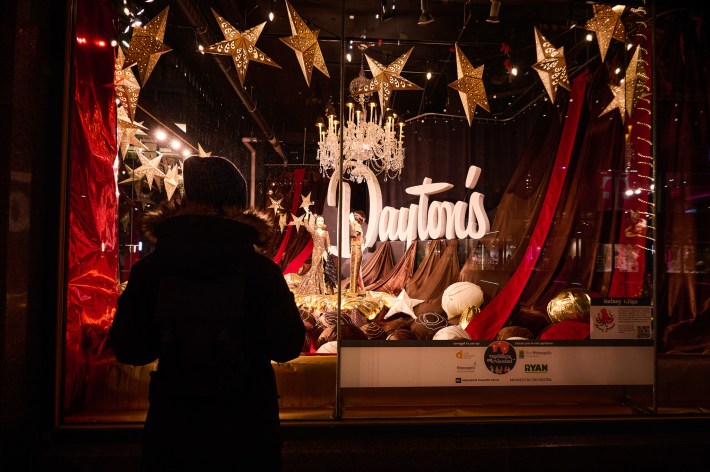
The holidays always make me nostalgic. These past few weeks, my memories of my family’s annual Christmas pilgrimages to the Twin Cities starkly coincided with the release of the Minneapolis Foundation’s report about the future of downtown Minneapolis. While former Minneapolis mayor R.T. Rybak’s message is optimistic and forward-looking, it forced me to reassess the glossy sheen of my childhood memories as they relate to downtown Minneapolis.
As Rybak notes, only six blocks encompassed the area of the city my family routinely visited. At the time, the blocks beyond Nicollet primarily consisted of parking lots, abandoned land, and a whole lot of civic disinvestment. Today, downtown is more livable and multipurpose than it was in the 1990s or even the 1950s.
Still, the fact that Nicollet Avenue is not what it once was contributes to a broader perception problem for Minneapolis as a whole. This may be most keenly felt in outstate Minnesota. Since the death of George Floyd and the ensuing protests of 2020, many rural Minnesotans have cemented their belief that the Twin Cities are a scary hotbed of crime and murdery chaos. Last month’s release of The Fall of Minneapolis, a crowdfunded propaganda film masquerading as a documentary, plays into the dystopian view of Minneapolis as an urban wasteland and has found eager audiences in alt-right circles, though the reality is that the homicide and violent crime rates are lower in Minneapolis today than they were in the mid-1990s.
The recent flurry of perspectives on the present state and potential future of downtown Minneapolis brings to mind the idea of “creative destruction,” the constant breaking down of old patterns of industrial development, with the simultaneous invention of new economic opportunities. The phrase was coined in 1942 by the political economist Joseph Schumpeter, who deemed it “the essential fact about capitalism.” To me, the perpetual boom-bust cycle of Nicollet Avenue is the poster child for Schumpeter’s theory.
So it may be time to break the cycle, to move away from the “malling” of Nicollet and, ironically, look to the past for ideas about its future. Skyways, for example, were heralded by downtown business leaders and developers in the 1960s as a key strategy to compete with indoor shopping malls, but by the 1990s, viewed with disdain by academics and architects because they starved the streets below of vibrancy and public engagement. Today, they face an uncertain future, and it’s worth considering how Nicollet Avenue could be transformed if the skyways were gone entirely.
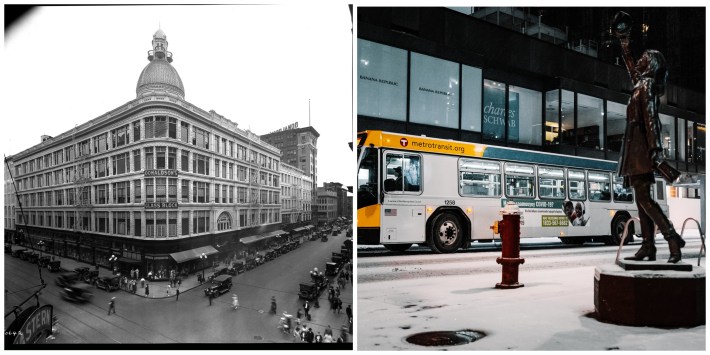
When Macy’s announced the closure of its Nicollet Mall location in 2017, a disparate group of collectors, museum curators, and holiday enthusiasts snapped up the many decorations once used by Dayton’s in its Eighth Floor holiday displays. While some of the decorations are back in the windows on Nicollet Mall this year, a sizable portion have made their way to other parts of the state, including up to Duluth for Bentleyville.
One of the great contradictions of the holidays in the era of late-stage capitalism is the uneasy coexistence of rampant consumerism with enduring cultural touchstones that critique it. It is the season in which we acquire vast quantities of stuff despite the staying power of movies, like It’s a Wonderful Life or A Charlie Brown Christmas, that have strong anti-capitalist and anti-commercialist themes. Perhaps, it’s this bit of a dialogue at the end of How the Grinch Stole Christmas that is the most instructive as to how civic leaders should reimagine the future of Nicollet Mall: “Maybe Christmas,” the Grinch thought, “doesn’t come from a store. Maybe Christmas, perhaps, means a little bit more.”
In order to truly revitalize downtown Minneapolis, moving away from a dependence on malls and consumerism more broadly could be an effective strategy for creating a real and sustainable community; one where the experience of “holiday magic”—that phantasia of twinkling lights and Christmas cheer so ingrained in our memories—isn’t only reserved for shoppers.
